It reduces alertness which may lead to errors and can increase the risk of an incidents or injuries for the fatigued worker and others. Particularly when a worker is:
- Operating a fixed or mobile plant
- Working at heights
- Working with flammable or explosive substances
- Doing hazardous work e.g. electrical work
|
PCBU duties |
Worker duties |
|---|---|
|
You must eliminate or minimise the risk of fatigue, so far as is reasonably practicable. You must consult with workers, and health and safety representatives (HSRs) if you have them, about health and safety issues that may directly affect them. You must also consult, cooperate and coordinate activities with any other duty holders who you share a duty with. |
Your PCBU has a duty to keep you and your workplace safe from risks associated with fatigue. You also have a duty to take reasonable care of your safety and that of others in the workplace including ensuring your acts and omissions don’t adversely affect others health and safety. Comply with any reasonable instructions, policies and procedure given by your PCBU at the workplace. |
Managing the risks of fatigue
As a PCBU, you should manage the risks of fatigue in the workplace by:
- Identifying hazards and assessing the risks.
- Controlling the risks by eliminating the risks to health and safety so far as is reasonably practicable; and if it is not reasonably practicable to eliminate risks to health and safety, minimise those risks so far as is reasonably practicable; and
- Reviewing hazards and revising control measures, where necessary, to ensure they’re working as planned.
Identifying hazards and assessing risks
Identifying the hazards that may cause fatigue in the workplace is an important first step. Ways to identify these hazards include:
- Consulting workers, managers, supervisors and health and safety representatives – for example, about the impact of workloads. work schedules, work-related travel and work outside normal hours.
- Examining work practices, systems of work and worker records – for example, sign-in and sign-out sheets; and
- Reviewing data – for example, workplace incident or human resource data.
Once you have identified the hazards you can then assess the risks. This step may not be necessary if you are dealing with a known risk, with known controls.
Controlling the risks
Examples of control measures to manage the risks of fatigue include:
- Work scheduling – for example, schedule safety critical work outside the low body clock periods between 2am and 6am, and 2pm and 4pm.
- Managing job demands – for example, structure shifts so work demands are highest in the middle of the shift and decrease towards the end.
- Change environmental conditions – for example, eliminate working in heat.
- Consult with workers about managing non-work related causes; and
- Implement a workplace fatigue policy.
Some control measures are more effective than others and you may need to implement a combination of controls to manage the risks of fatigue so far as is reasonably practicable.
Reviewing hazards and control measures
Once control measures are implemented, they should be monitored and reviewed to make sure they remain effective. Consider implementing trial periods for any new work schedules and encouraging workers to provide feedback on their effectiveness.
